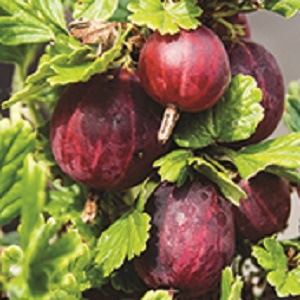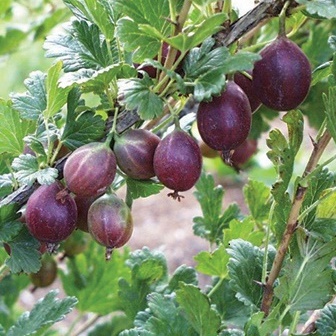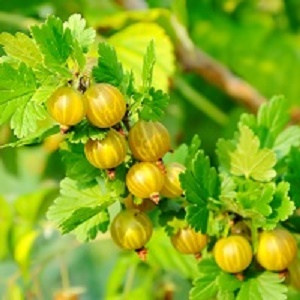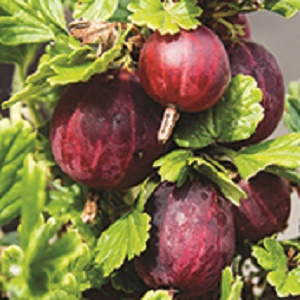Gooseberry : BLACK VELVET 2 year old plant
$27.95
This award winning selection produces high quality, large, sweet, deep purple berries. Black Velvet has been called 'the champagne of gooseberries' for it's outstanding, rich, blueberry tinged flavour. It makes a superb jam with no added pectin needed. The vigorous, mildew-resistant bush is very productive.
SELF-FERTILE | ZONE 3/4 | HARVEST: MID-LATE JULY
Only logged in customers who have purchased this product may leave a review.
Growing Tips
Are the leaves disappearing on your currant or gooseberry bush in early summer? Most likely the currant sawfly larvae are at work. The British have a simple prevention that works surprisingly well. Spread a thin layer of wood ashes around the base of the shrub. Some local gardeners use straw and claim it works better yet.
Try Lee Reich's simple recipe for powdery mildew control in grapes or gooseberries. Spray plants with the following:
4 litres (1 gallon) of water
1 tablespoon sodium bicarbonate (baking soda)
1 tablespoon canola oil
Repeated applications may be needed, especially in rainy weather.





Reviews
There are no reviews yet.